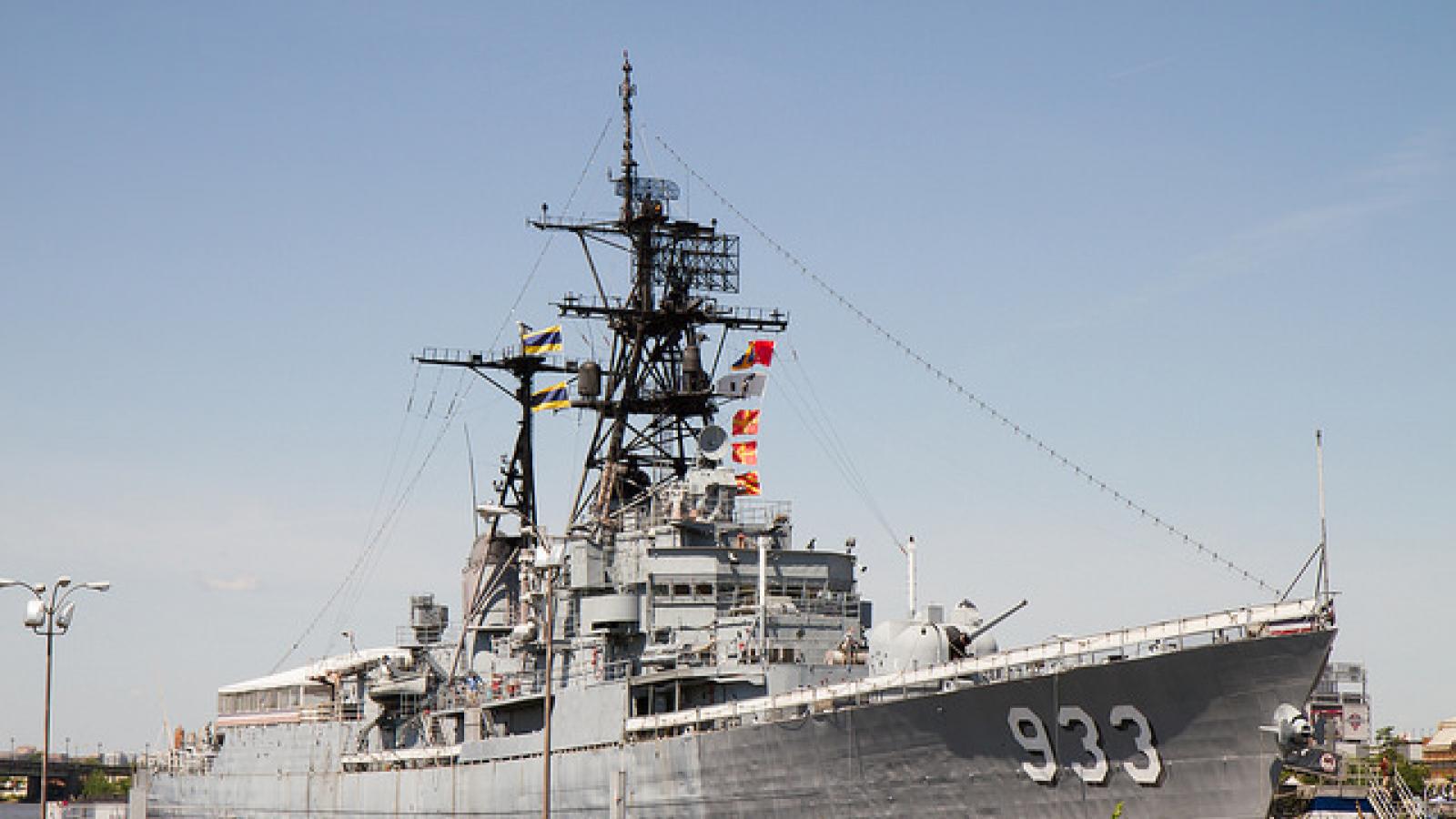DC's Blue Star Museum Hidden Gems
Washington, DC, has one of the best collections of museums in the world. While none are more recognized than the Smithsonian’s 17 cultural institutions, there are many, many other museums worth the trip. Below are five of our favorite hidden gems that are participating in Blue Star Museums this summer.
Dumbarton House: Walking through DC’s Georgetown neighborhood, it’s easy to be transported to an earlier time: the cobblestone streets, the federalist architecture, the slow trudge of mules as they pull the boat along the C&O Canal. For an even deeper look at the area’s history, check out Dumbarton House. Once home to relatives of a signer of the Declaration of Independence, and now the headquarters of the National Society of The Colonial Dames of America, Dumbarton House boasts a collection of over 1,000 pieces of silver, furniture, textiles, and paintings dating from 1789 to 1825. Set along beautiful, quiet grounds, Dumbarton House is a lovely look into the early years of our nation.
The Textile Museum at George Washington University: For anyone who has ever sewn a quilt, or had a relative who has, it’s clear that every stitch can hold incredible meaning and stories. At the Textile Museum, a collection of 20,000 different textiles tell the stories of different eras and different cultures from Asia, the Middle East, Africa, and the Americas. This summer, for example, visitors can take in Inspiring Beauty: 50 Years of Ebony Fashion Fair. The exhibit showcases high fashion ensembles that appeared at various Ebony Fashion Fairs, a traveling fashion show founded in 1958 that featured African-American models and catered to African-American audiences—both extraordinary notions in the 1950s. The exhibition not only documents the evolution of changing tastes, but highlights the fair’s role within the broader Civil Rights struggle.
Woodrow Wilson House: The White House isn’t the only presidential residence in Washington. There’s also the Woodrow Wilson House, where Woodrow Wilson lived until his death after serving two terms as the nation’s 28th president. Located in DC’s Kalorama neighborhood, which continues to be a favorite area for dignitaries, the house remains much as it did when Wilson lived here. Visitors can see the Steinway piano that Wilson also kept at the White House, his personal study filled with books, and even the pantry filled with food items of the period. In addition to seeing a snapshot of Wilson’s life, visitors can also learn about his presidential accomplishments, from helping the Allied forces achieve victory during World War I, to his efforts to establish the League of Nations, which was the forerunner of the United Nations.
U.S. Department of the Interior Museum: It can be difficult for anyone to understand the exact mechanics of our nation’s federal bureaucracy. To rectify this, the U.S. Department of the Interior opened its own museum in 1938, to help the American people better understand the purpose and mission of the department. This summer, the museum will feature the exhibition People, Land, and Water, which explores how the department works to protect our nation culturally and environmentally. Featuring 75 different artifacts, and a timeline of Interior’s history, the exhibit is a great introduction to what has affectionately been called “The Department of Everything Else.”
National Museum of the United States Navy: Although there are 14 museums in the country dedicated to the U.S. Navy, this is considered to be the service’s flagship institution. Opened in 1963, the museum chronicles the full history of the Navy, including military conflicts such as the Korean War and the Spanish America War, as well as non-military roles such as early polar expeditions. Visitors will also learn about how the Navy uses navigational tools, and the important role of submarines through the years.





